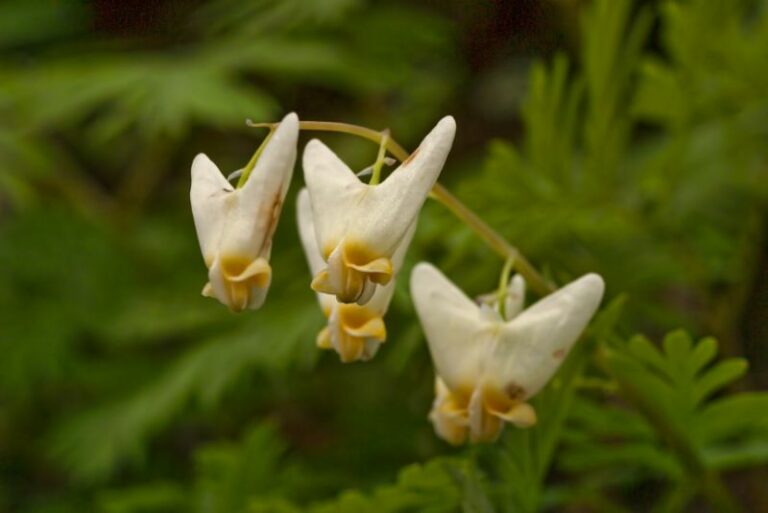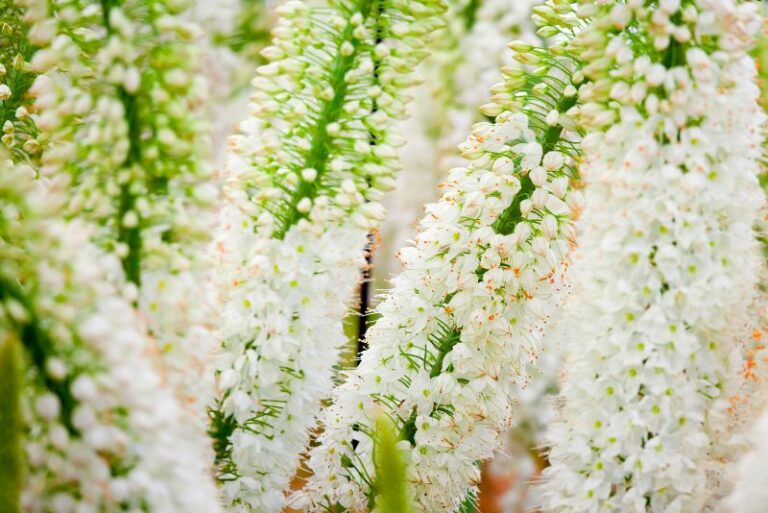Caring For Chinese Lanterns – Tips For Growing Chinese Lantern Plants
Chinese Lantern plants, also known as Physalis alkekengi, are renowned for their striking, papery husks that resemble delicate, red-orange lanterns. These unique plants can illuminate any garden with their vibrant colors and add an exotic touch to your green spaces. If you’re a gardening enthusiast or just starting to explore the wonders of horticulture, this comprehensive guide will equip you with the knowledge to grow and nurture Chinese Lanterns successfully.
Planting Chinese Lanterns

Preparing the Ground
Chinese Lanterns thrive in well-drained soil that is slightly acidic. Prepare a planting area by loosening the soil to a depth of 12-18 inches and mix in plenty of organic material, like compost or peat moss, to improve drainage and fertility. This initial soil preparation ensures your plants have a strong foundation from which to grow.
Sunlight and Watering Requirements
Chinese Lanterns prefer full sun but can tolerate some shade. Providing at least 6 hours of direct sunlight each day will ensure the best performance. When it comes to watering, Chinese Lanterns like soil that is consistently moist but not waterlogged. During periods of drought, be sure to water deeply every one to two weeks. Mulching around the base of the plants can help retain moisture and manage weed growth.
Propagation Methods
There are two main methods for propagating Chinese Lanterns: seeds and division. Planting seeds in well-drained soil in late winter or early spring can yield new plants by the following summer. Division, on the other hand, involves separating sections of the root system and replanting them. This can be done in the early spring before new growth appears, or in the fall after the plant has gone dormant.
Propagation through seed is a longer but more widely used method for home gardeners. Start indoors and then transplant the seedlings into your garden after the last frost date has passed in your area. It’s important to note that seeds should not be covered with soil, as they require light to germinate.
Caring for Chinese Lanterns
Pruning and Deadheading Techniques
Regular pruning is essential to keep Chinese Lanterns looking their best and to prevent them from becoming invasive. Use clean, sharp pruners to trim back overgrown or dead branches. Deadheading, or the removal of spent blossoms, can extend the bloom time and encourage more flowers.
To focus on the lanterns, trim back the foliage in early spring before new growth begins. This will emphasize the lantern display when they appear in late summer to fall. Be cautious, as this plant is self-seeding and can spread quickly. Regular maintenance will help keep growth in check.
Pest Control and Disease Prevention
Chinese Lanterns are generally resilient but can be susceptible to a few pests, such as aphids and flea beetles. These can be managed by handpicking, using insecticidal soap, or treating the plants with neem oil. To prevent fungal diseases, avoid overhead watering and ensure good air circulation around the plant by spacing them appropriately. Pruning and deadheading can also help reduce the risk of disease by decreasing humidity and improving air flow around the plant.
Winter Care Tips
In colder regions, Chinese Lanterns might require some protection against frost or heavy snow. Applying a layer of mulch around the roots after the first hard frost will help insulate the plant. You can also use burlap to create a windbreak around the plant, especially if strong winds are common in your area. If you’re growing them in a container, consider moving them to a sheltered location, like a garage, to overwinter.
Benefits of Growing Chinese Lanterns
Aesthetic Appeal
The plant’s vibrant color and unique lantern-like husks provide a stunning visual display. Whether they’re grown in a garden bed or as a potted plant, they can become a focal point of your landscape design. Their aesthetic appeal is undeniable and can bring interest to any area of your garden.
Wildlife Attraction
The flowers and berries of Chinese Lanterns can be an excellent food source for birds and small mammals. They’re not only a charming addition to your garden but also contribute positively to the local ecosystem by providing shelter for wildlife and adding diversity to their diet.
Conclusion
Cultivating Chinese Lanterns can be a rewarding experience, offering a touch of the exotic to even the most modest of gardens. By following the advice in this detailed guide, you’ve equipped yourself with the tools to understand the needs of these unique plants. Remember to provide the right growing conditions, manage their size with careful pruning, and take steps to protect them in winter. With patience, you can enjoy the vibrant colors of Chinese Lanterns and the wildlife they attract for years to come. Happy gardening!






